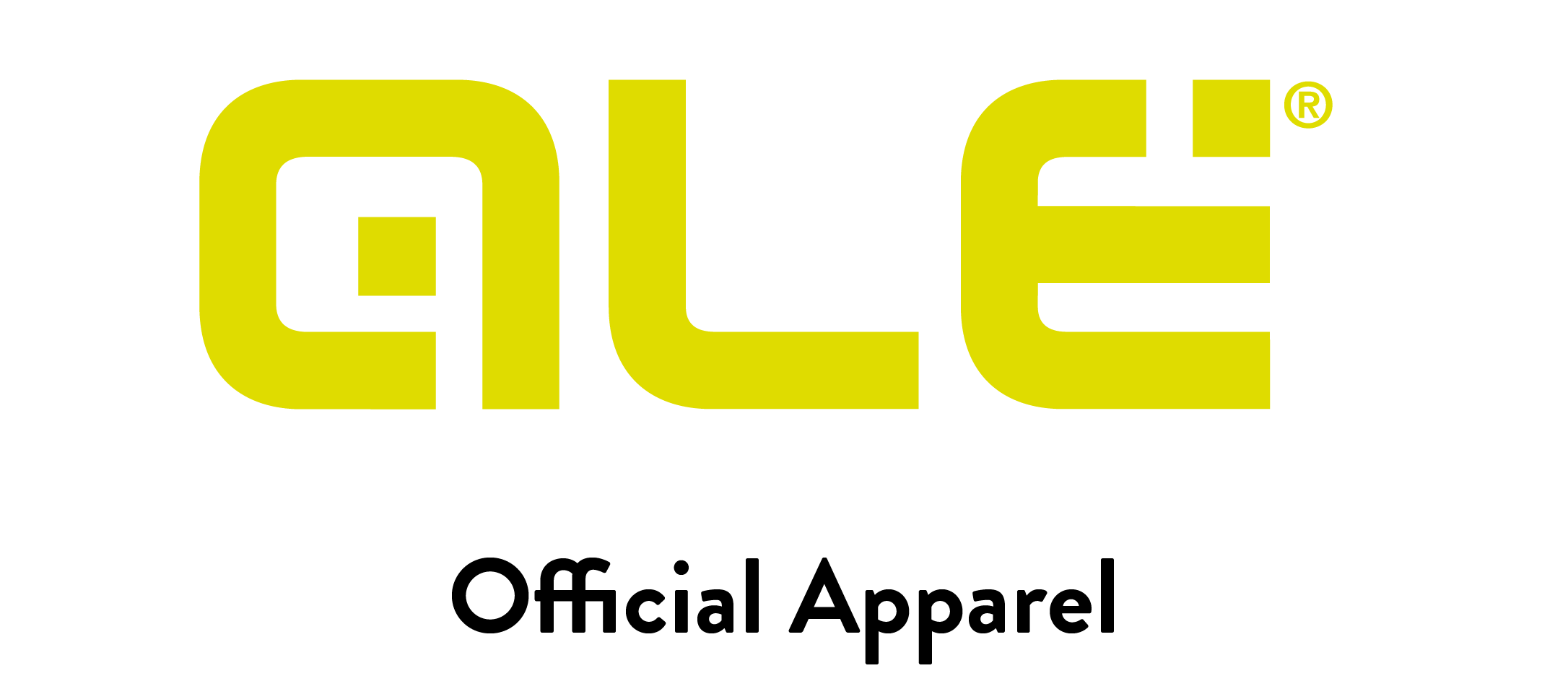Rethinking Cycling’s Future
A pragmatic proposal for the sport we love.
By Uli Fluhme
Preamble
Is it really so important that road cycling grows and expands its audience to the extent that it alienates its core audience, abandons its compelling stories and loses its soul, just to generate mass appeal?
While many have been outspoken that this is the right direction for road cycling, we here at GFNY would offer that strengthening the foundation and building growth from a deep-rooted base is much more critical than artificial growth. Namely, in contrast to those opinions:
- 300+km stages, not 100km stages
- Eliminate race radios, power meters, bike changes
- Leave TV behind
- Mass start races to connect the fans to the pros
- Use cycling’s roots as guiding principles
As this discussion unfolds in the cycling community, we are pushed to believe that we need to be at an inflection point. Please read on if you would like to join this discussion.

Summary
The past few months have seen hypothesis after hypothesis about what ails the sport of cycling (both professional and non-professional) and the model changes the sport needs to implement so that it will grow and flourish. These hypotheses suggest that cycling should change to become more like other sports, like NFL, NASCAR, NBA. But is cycling like those other sports?
At GFNY, we believe that while we can draw on successes of other sports as our inspiration, we must recognize that cycling, as an endurance sport, cannot fit itself into a fast-action sport box.
Before we look for answers, we need to make sure that we are asking the right questions. While many have postulated, that, like an organism, the sport must grow – or it will die – many of these postulates fail to recognize that not all organisms are alike. How many examples have we seen in business, in entertainment, and in sport of an entity over-extending itself, abandoning core values, and suffering the consequences of trying to grow unsustainably, or becoming something that is at odds with the roots of initial success. Yet, this is precisely what some are calling for in cycling. They argue that cycling’s biggest threat is that by not evolving or expanding, it will not connect with new fans. (OLIVER DUGGAN, 2019)
But is it right to assume that what has worked for the NFL, NASCAR, NBA will work for cycling? Is it right to assume that the business models of these largely Anglo-American spectator sports would even fit cycling, never mind grow cycling? It might well be a gigantic leap in the wrong direction.
Let’s explore an alternative point of view that focuses on what the sport can do to strengthen and sustain itself, and endure for another century while grounded on its 100-year-old tradition, living within its means, being (unashamedly) itself, and being proudly unique.
Our proposal for cycling is that it need not grow to survive, but rather focus on sustaining its core, leverage new technology to reach its fan base, and emphasize the aspects of the sport that make it unique.
Let’s agree for the record, that the biggest threat that road cycling currently faces is lack of credibility: the enduring element of cheating that goes on within the professional and amateur ranks, be it doping or motors or cover-ups or furtive threats. For the purposes of this discussion let’s table this topic so that we can focus on the direction of the sport and its sheer survival.
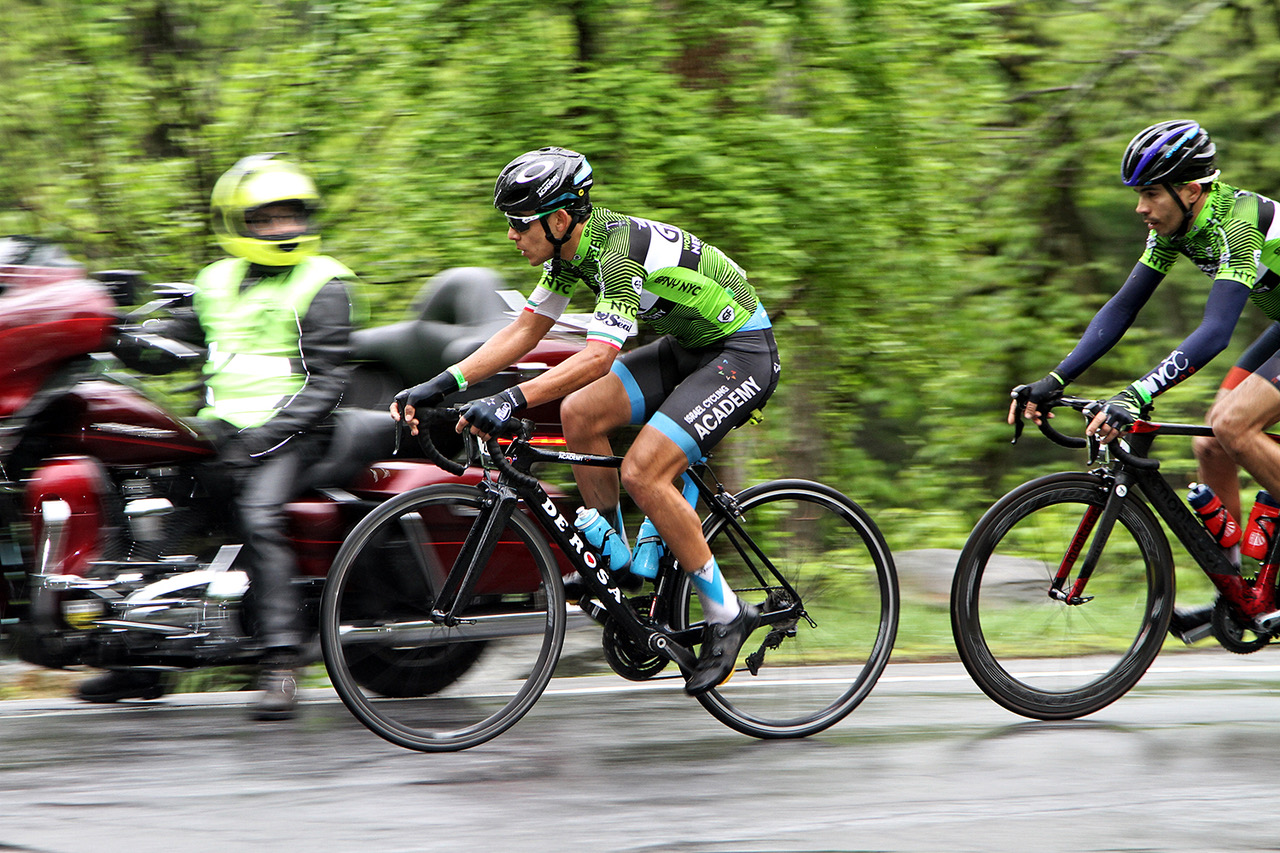
Doubling Down on What We Have
The hypotheses others have begun to unpack all have one major theme in common: cycling requires a broader, or more “mass appeal” to survive, and that to create this mass appeal means focusing the sport on the attention span of mass appeal viewership. While it may strengthen cycling to have a somewhat broader appeal, to dilute the sport to more mass appeal formats assumes that the success of the Anglo-American entertainment models would be replicable everywhere. But mass appeal entertainment and compelling entertainment are not the same thing.
Mass appeal entertainment can be defined easily by the hard-fast-violent action of an American football tackle, over in a split-second and then on to the next play. The viewer is then escorted through an analyst view of exactly what happened, and then quickly moved on to the next play before they can change the channel. The compelling story – who knows – maybe narrated by the analyst who may or may not credit that this was the play that changed the momentum of the game or may be more impressed with the long pass completion on the next play. Meanwhile, eleven players have run off the field for a water break and eleven new players have run on to take the next snap. It fits television perfectly. In fact, it was bred for television.
Cycling was not.
Completely opposite of that, television has had to get creative with how to fit cycling into its airtime. But forcing to change cycling to fit the TV format is the wrong path for cycling. As other sports continue to seek more and more adulation and revenue from television, cycling has a rare opportunity to innovate for the sake of keeping the sport close to its roots and, as the headline would indicate, double down on what we have. Why change cycling to fit the dying media format television? Instead, cycling should explore the technology that is appropriate to everything that is compelling about cycling – the drama, the suffering, the hardship. To test this, watch a stage of the Giro, or Tour for an hour by yourself without picking up your phone. Can you do it? The answer is no. Hence, let’s spend some time exploring this and turn it into an opportunity for our sport.
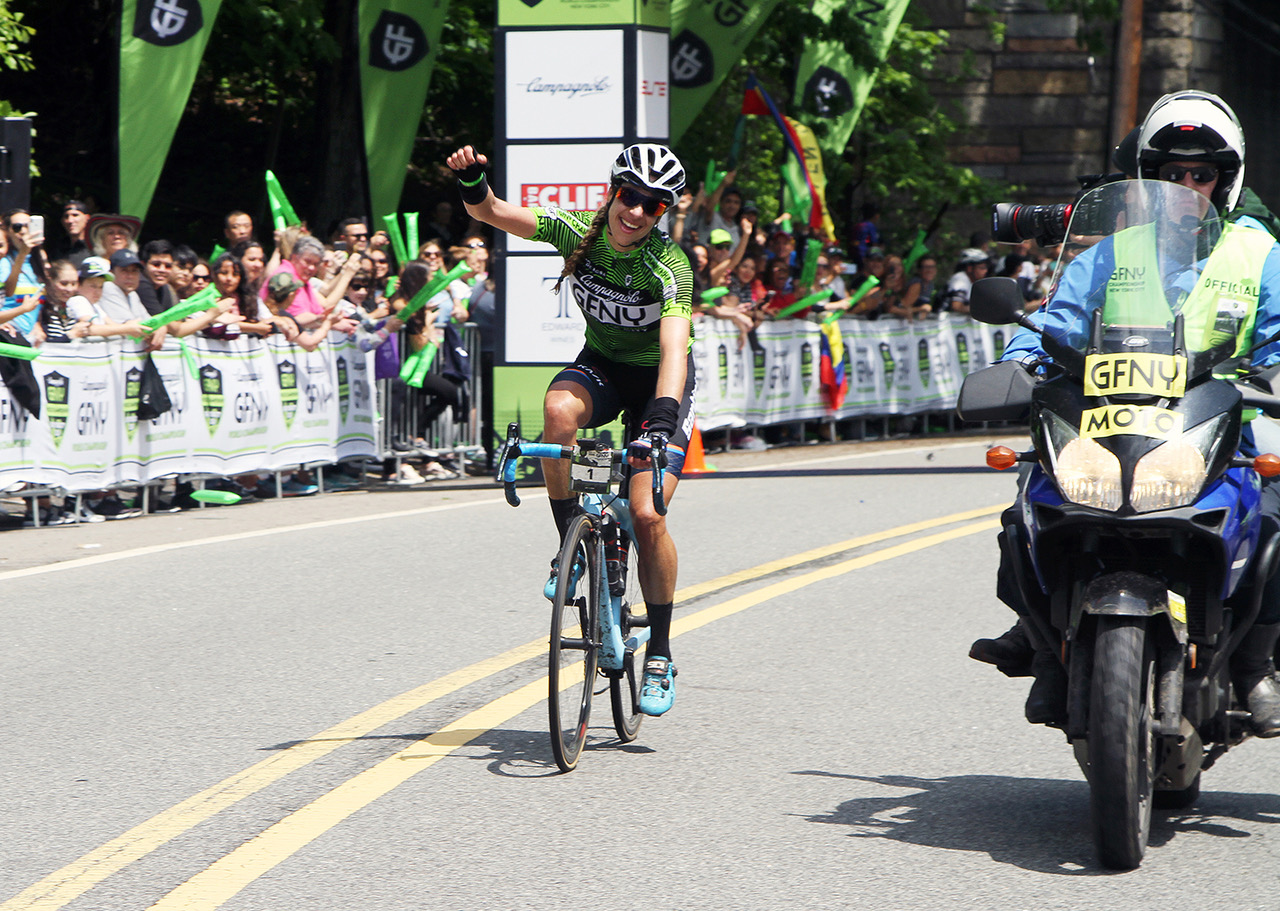
The Opportunities for Disruption
Cycling is the slow food of sports. Think about it. Instead of cutting down for television, imagine creating more compelling, long form stories from inside the peloton. Made possible by longer stages, back to the level of the 1960’s and 1970’s, the dramas would write themselves. Cycling is unique in sports in that there are so many races within a single race. So many stories within what mass appeal entertainment can only capture as a single story. Cycling isn’t about a ball and how it’s handled by 22 people. Cycling is about individuals, their hardship, their determination, their mental and physical power. To strengthen and sustain cycling, we must tell those stories in the context of the race, the course, the conditions.
Television has done what it could to tell some of these stories, but the by-product has unfortunately been distractions. The team support, power meters and race radios have all created technology and chess game stories that are well outside the core of cycling. They have reduced the compelling drama of suffering and hardship and made the narrative about the best uses of technology and the ability to order a new bike midway through a stage. These are not racers creating stories through competition of the strongest legs and biggest hearts, and these are not what made the compelling stories that have given cycling its rich history. Take them out. Let the racers make the race. Let them find their way, make their moves, take their chances, and create the stories that will be legend in the sport. This is what cycling fans and aspiring fans will talk about. Grinta! The true grit that it takes to compete, to suffer over the mountain passes, the cobbles, the strade bianche, the mistral winds and through the kite marking the final kilometer.
While in the 60’s and 70’s, we would have needed to be on the side of the road to catch a glimpse of the suffering, technology is evolving in our favor. Cycling is perfect for the Internet.
Instead of being outside the peloton looking in, new technology can allow us to be inside the peloton. We have already seen that fans are willing to follow GPS dots on a map for days and nights during the unsupported European Transcontinental race. Imagine if we could bring them inside the World Tour peloton through that same browser or mobile screen.
With each rider potentially carrying multiple 5G enabled cameras (ideally front and back, and on the front of the helmet), the viewer can choose between cameras via browser or app-based switchers, thus gaining control of their screen and view of the race. Start the chats – let the audience engage. Turn the narrative around. Instead of transmit-only, have the commentary be interactive, for example by fielding questions from viewers.
The pleasant by-product of this will be lowering the barrier to sponsorship and advertising dollars that can help sustain the sport. Instead of a single set of large-scale sponsors paying out the nose for television airtime, paid placements that don’t disrupt coverage, and provide direct attribution for click-through and conversion will provide return on investment for advertisers that will flock to this model in the same way they ran from television to digital channels such as in-app, paid social, and digital display in the past decade.
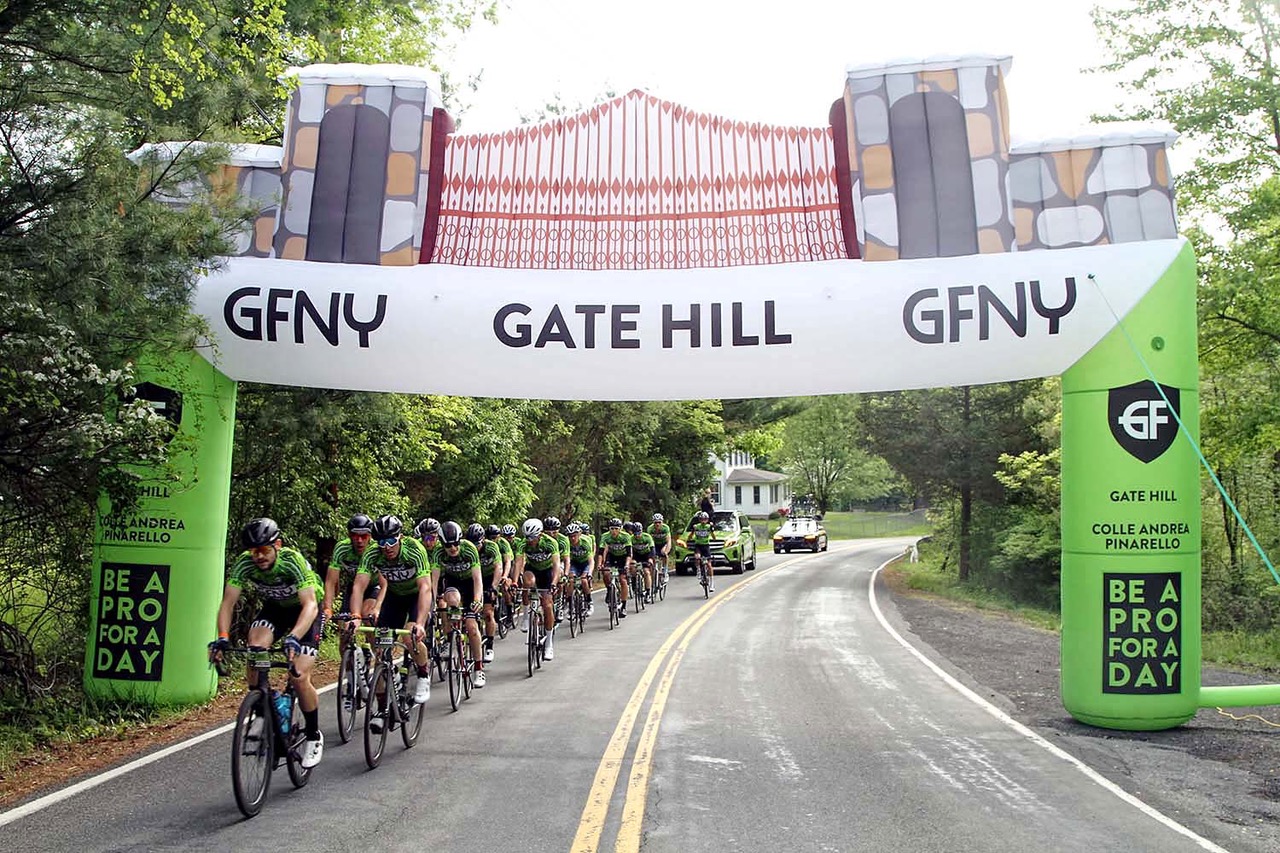
Distinct advantage
A powerful tool for growing our sport is that cycling is open to everyone. You can get on your bike and ride right now, just like your favorite pro. No special NASCAR machine required, no teammates needed, no expensive field to maintain. This accessibility gives endurance sports a unique leg up to engage the audience and make pros more relatable, than for example spectators being able to relate to an NFL player.
Now, take this to the next level, and open the race to everyone. In cycling, we should take inspiration from the success of running and triathlon, sports that have pros and amateurs taking on the same course, the same elements at the same time. An even greater relatability, familiarity and engagement with the audience. GFNY has been a bike race that is open to amateurs and pros alike, since 2014 when we accepted that the line between a professional cyclist (who may have to work part time to make ends meet) and an amateur (who can afford to do nothing else but train full time, and live, eat, sleep like a pro) is gray, and ultimately not a decision that we feel is fair to make. Since then, many Continental and World Tour pros have taken on GFNY races.
Let this accessibility of racing the same race as the pros be another source of growth of our sport.
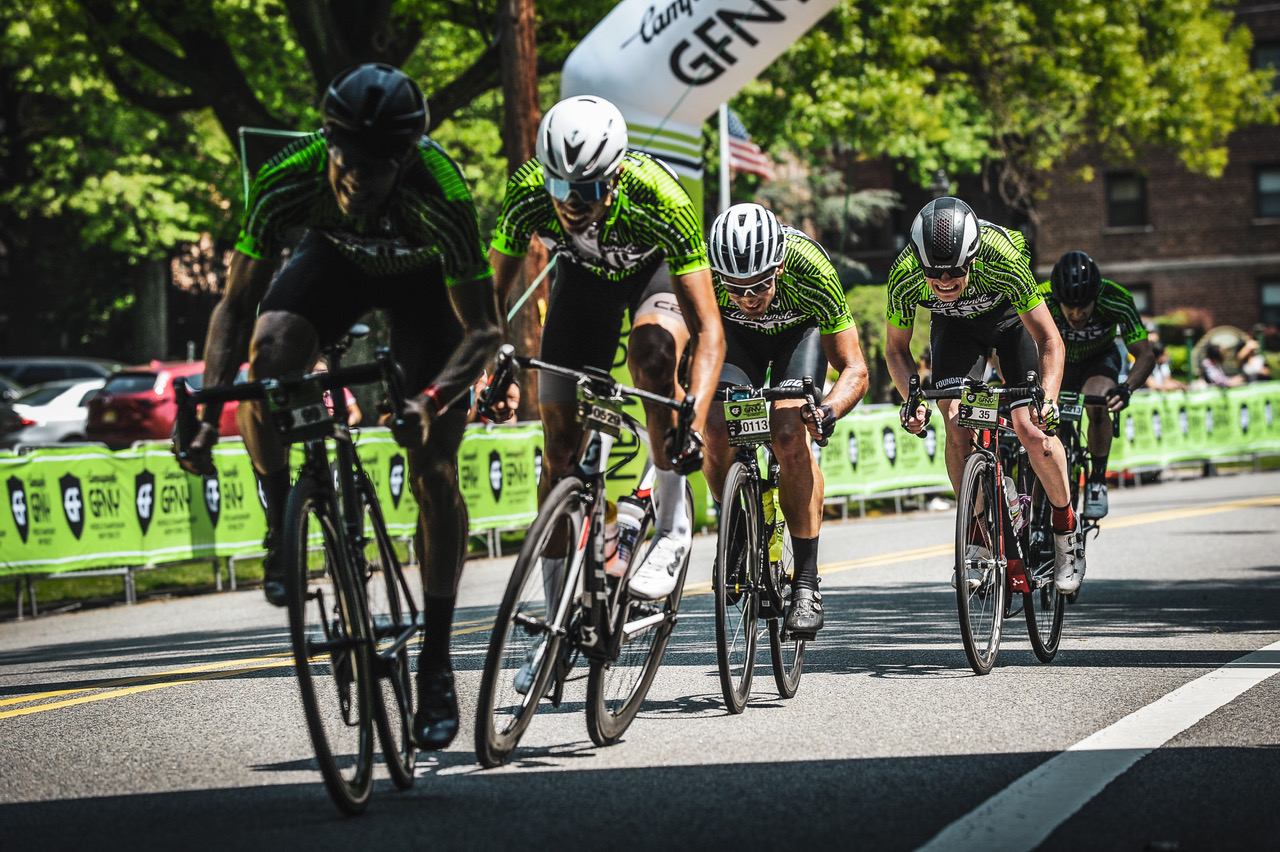
Governance
The dominance of the sport by the UCI and ASO is not necessarily negative in the context of the disruption we are proposing. The UCI as a global federation assures the homogeneity of rules which is essential to serious racing. Meanwhile ASO assures that some of the most important races with long, storied heritages have a present, and a future, in spite of their current state as loss leaders.
Ideally the UCI would somewhat step back from influencing racing and pull their beak back from the cash-trough, leaving more of the proceeds of this disruptive model, to sustaining and strengthening the sport. Meanwhile, ASO’s antiquated production methodology creates the time and space for disruptors. Outside of the classics and historic road races, the disruptors could build true mass start racing. Everyone racing together, with pros starting at the front of a peloton of up to 10,000 riders. We have seen this model succeed in marathon and triathlon for over four decades. While classic road cycling may not be as easy a fit for this model, our GFNY and other races have shown that (World Tour) pros can race in mass participation events. This appeals to sponsors because the fans are part of the race and have a much stronger connection to the riders.

Summary
There is no question that cycling needs to evolve with the times. Meanwhile, there is no need to dilute it to fit mass appeal, especially because it will likely never have mass appeal. There is no shame in this. It’s not for everyone. Instead, allow it to grow based on its own merits. Be real with what cycling is, and what it isn’t, and don’t try to force the format of an unrelated sport onto cycling to steer cycling away from its core. Cycling can be – thoughtfully, carefully, organically – strengthened by those who crave a compelling story, the drama, the suffering, the hardship. That which drew us all to the sport, is what should be at the core of cycling’s foundation for years to come.
Our To-Do List:
- Make races and stages longer, not shorter – favor compelling stories over diluted entertainment
- Eliminate the distractions – radios, team car support, power meters – favor skill and real strategy over programming a robotic result
- Leverage evolving technologies to bring fans closer to the sport – leapfrog the legacy of television and move ahead without looking back
- Allow room for disruptor races, mass starts, connecting the fans to the pros – shun repercussions for the pros that choose to race in these disruptive new venues
- Use the roots and core as guiding principles – avoid racing “fads” and allow road cycling to be itself and stand on its own merits
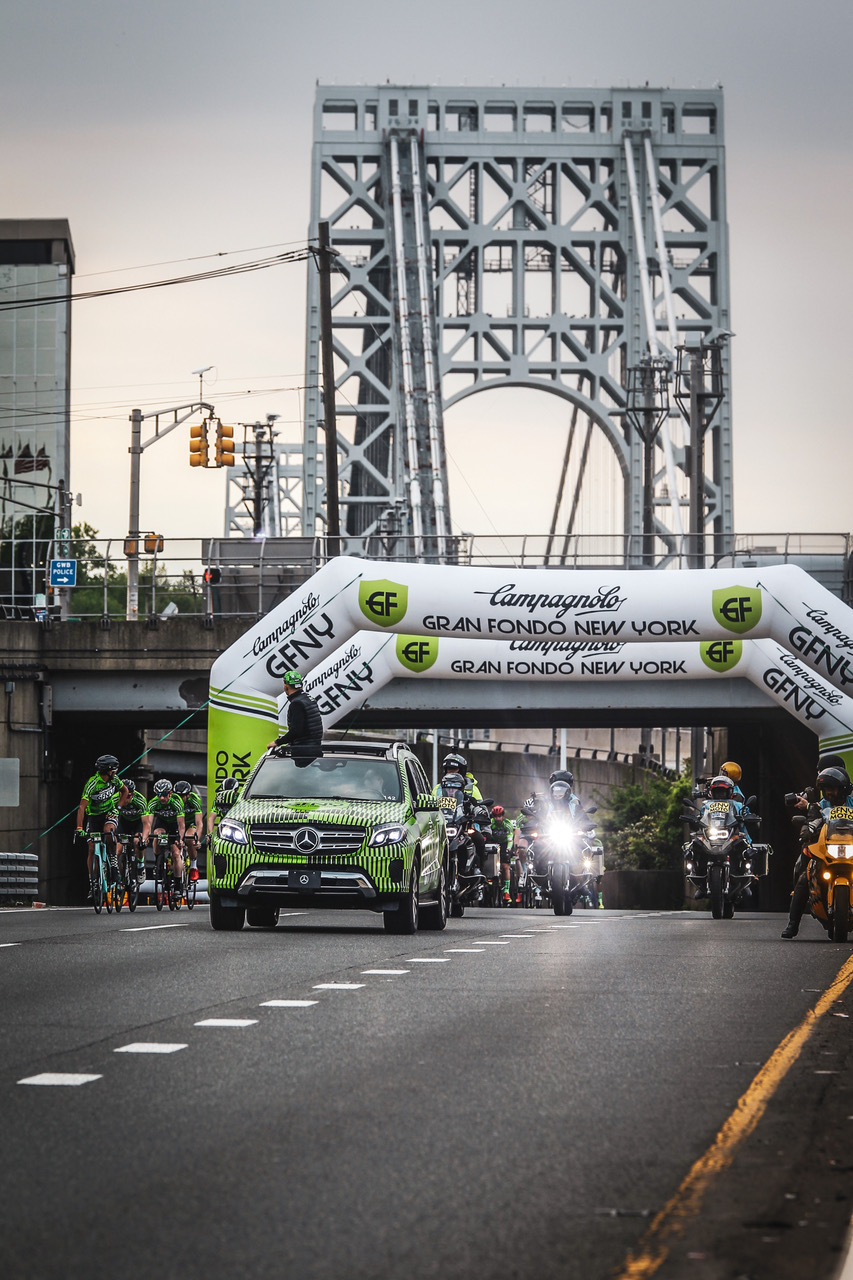
Uli Fluhme started following pro cycling in 1983, at 8 years old, when he watched his first Tour with his dad. He started racing himself when he was 16 and has not stopped. His boundless passion for cycling and racing has been a constant through his entire life and led him, together with his wife, Lidia, to create GFNY, the world largest cycling marathon series. He has experienced bike racing as an athlete as well as a race organizer in over 30 countries, for 30 years.
Tags: articles
